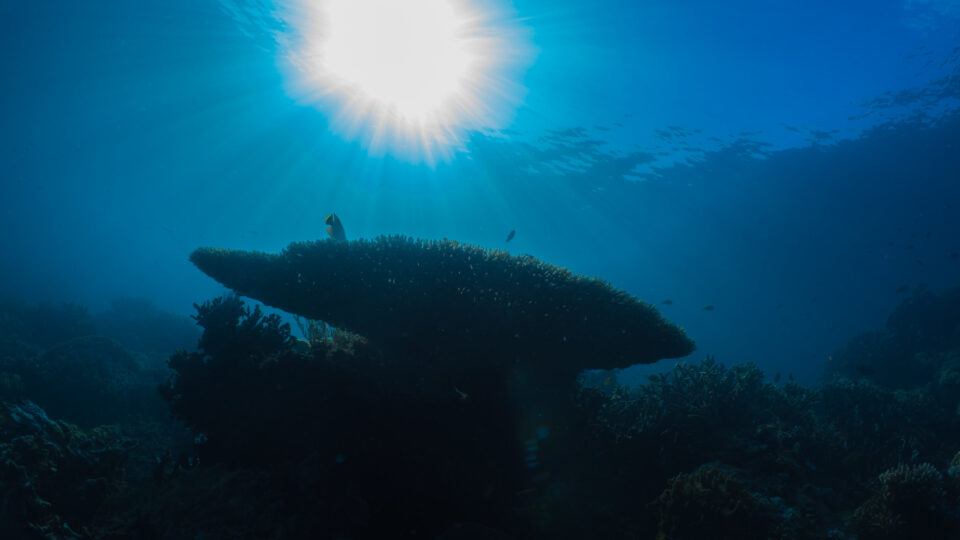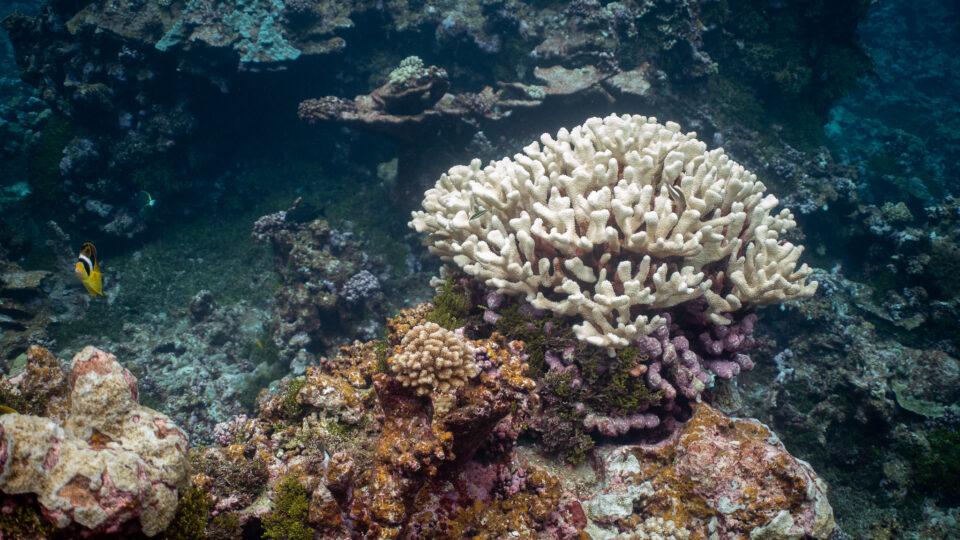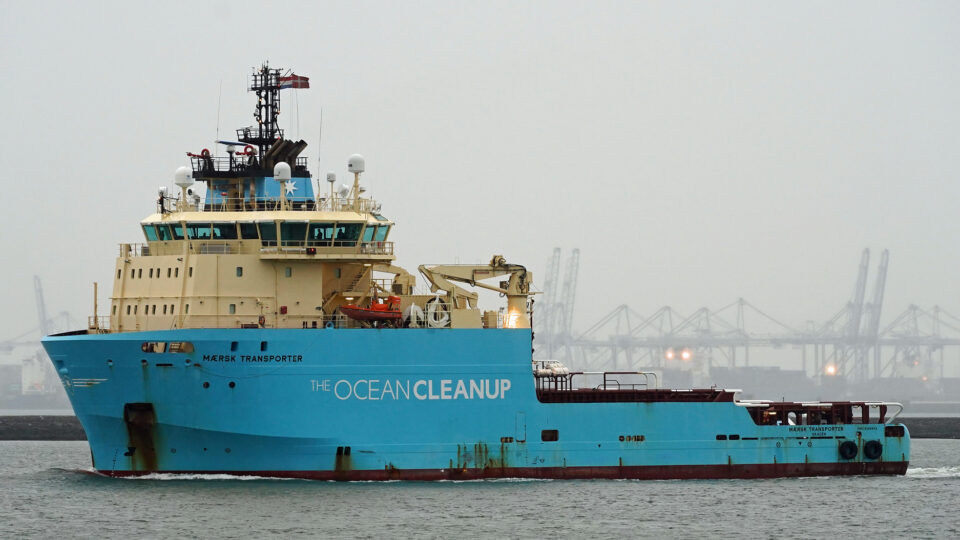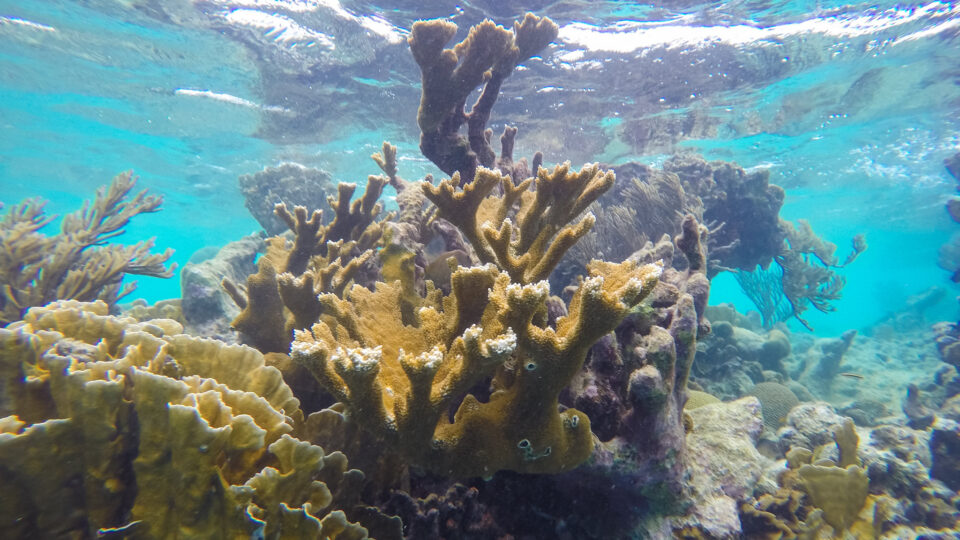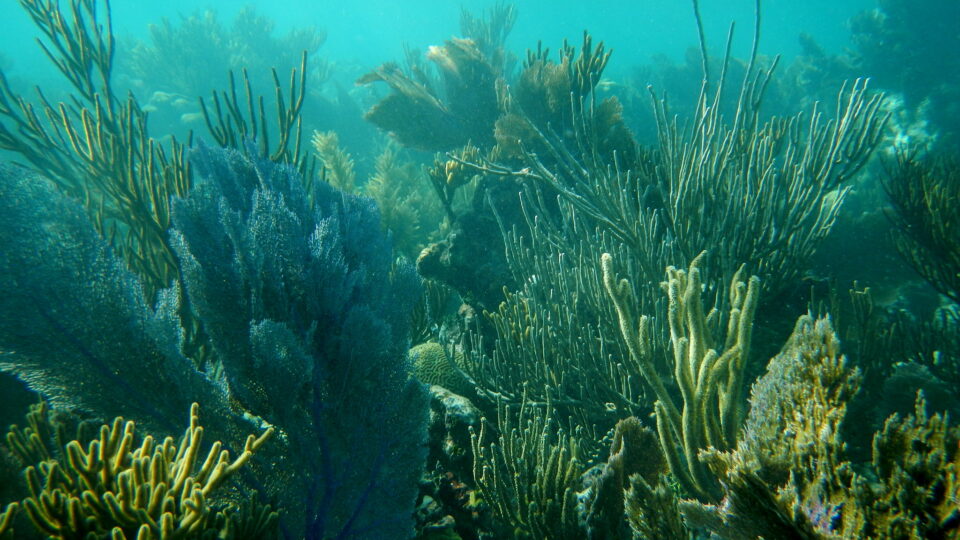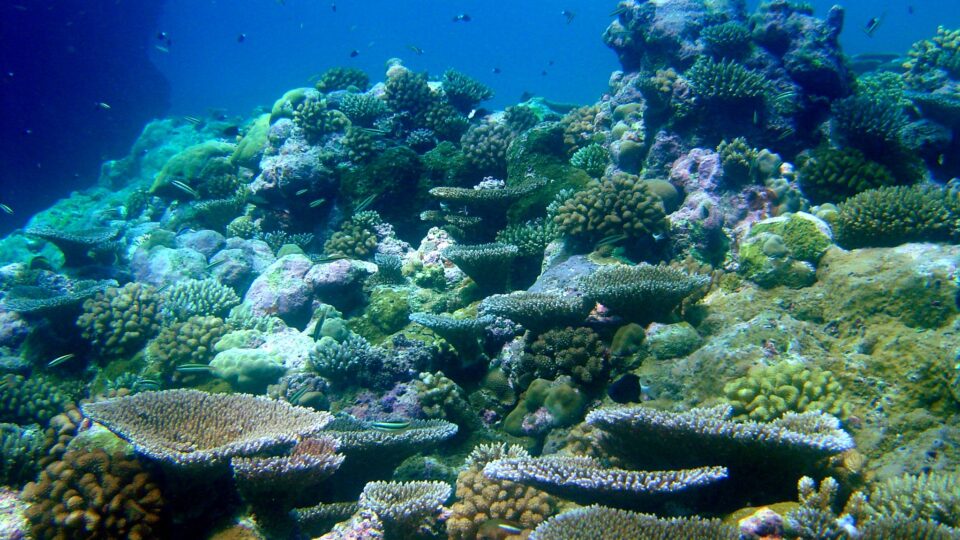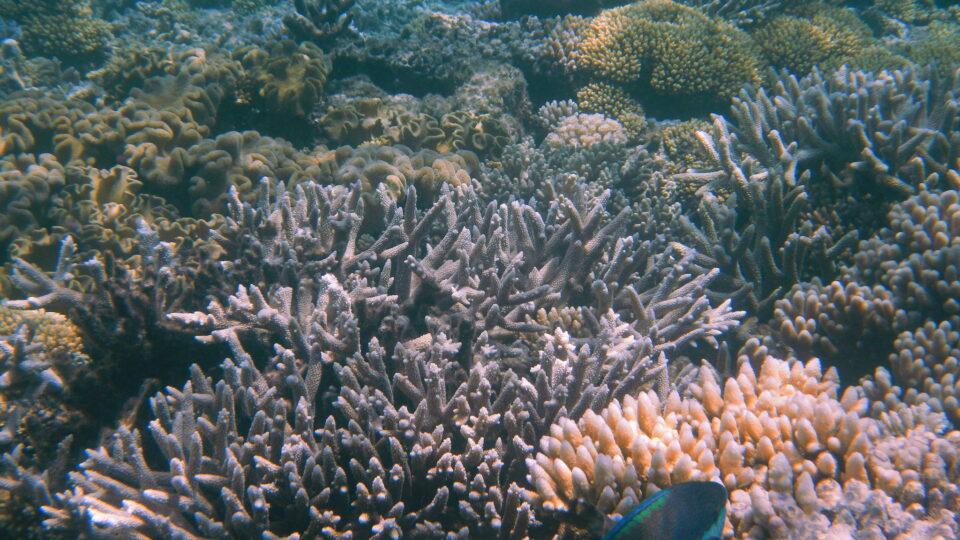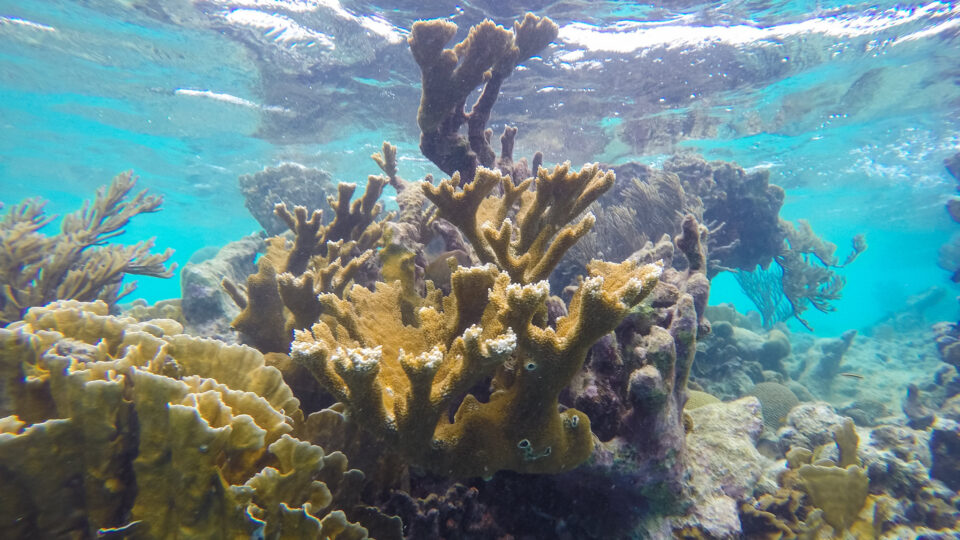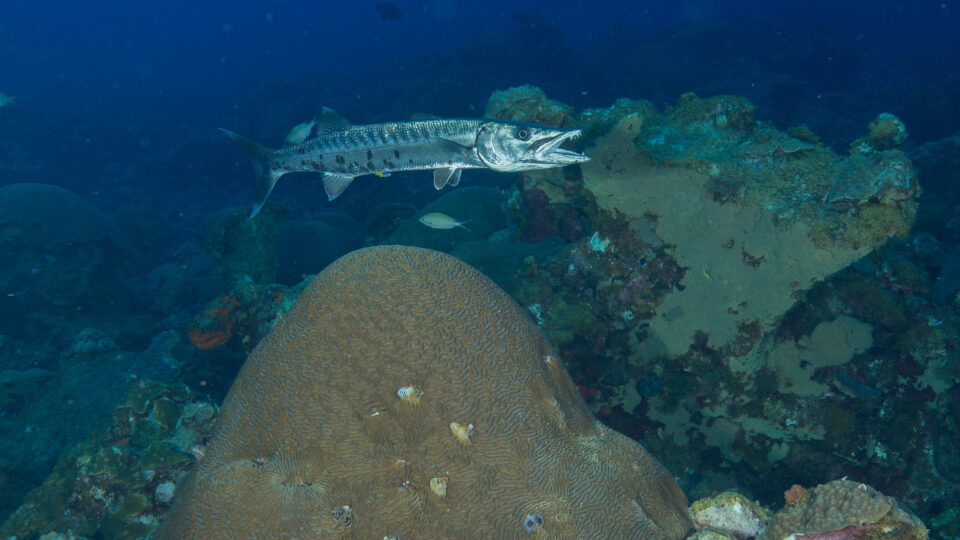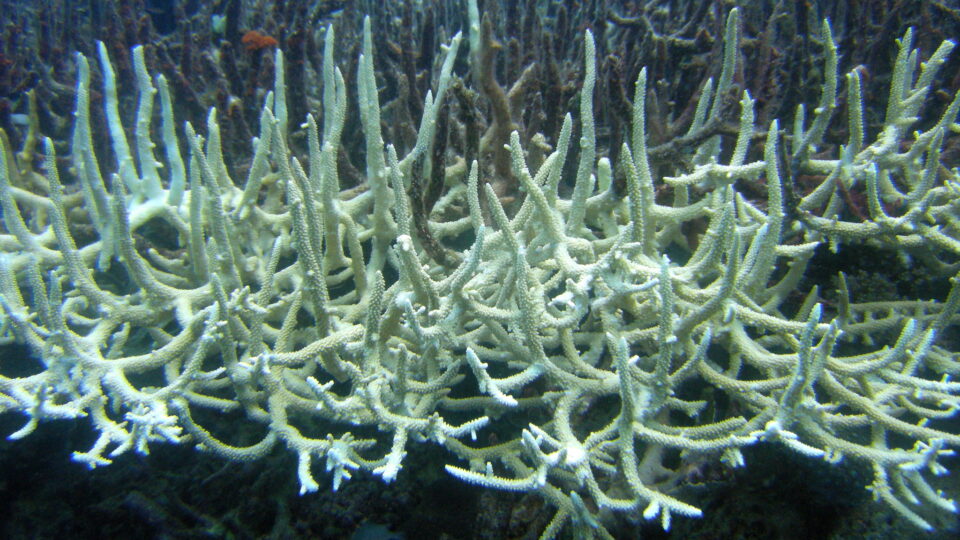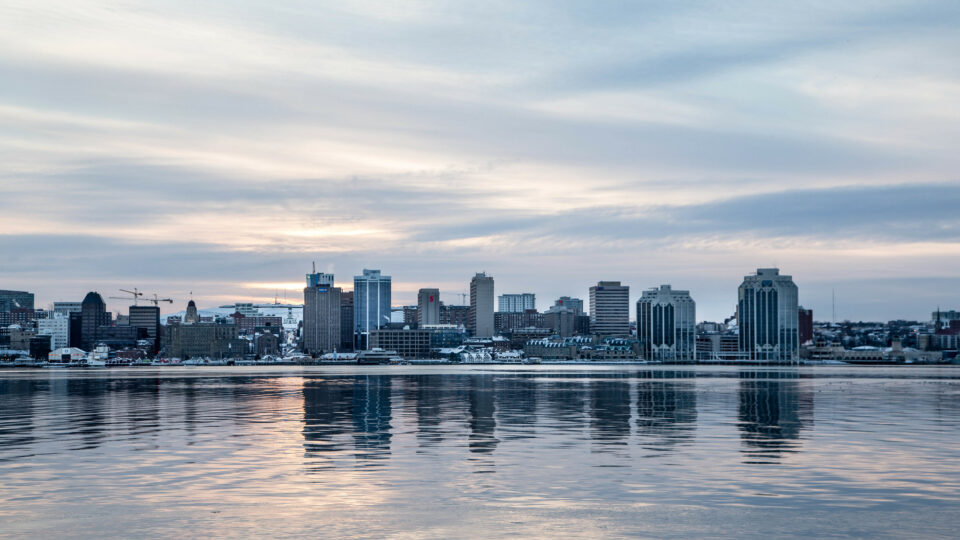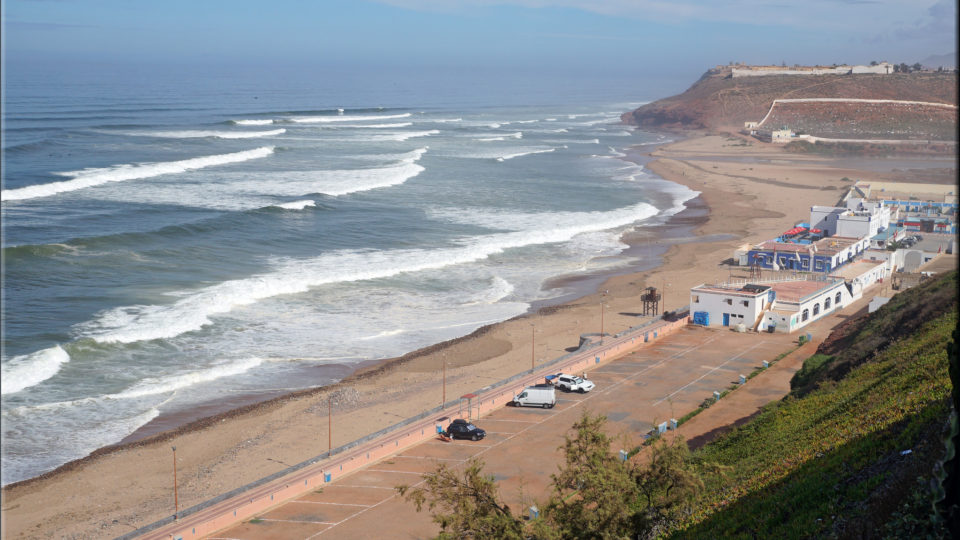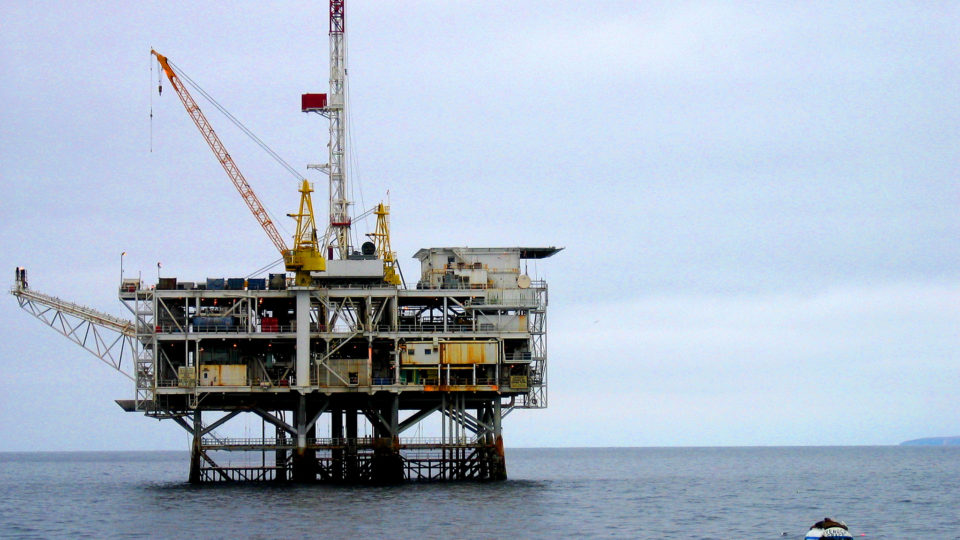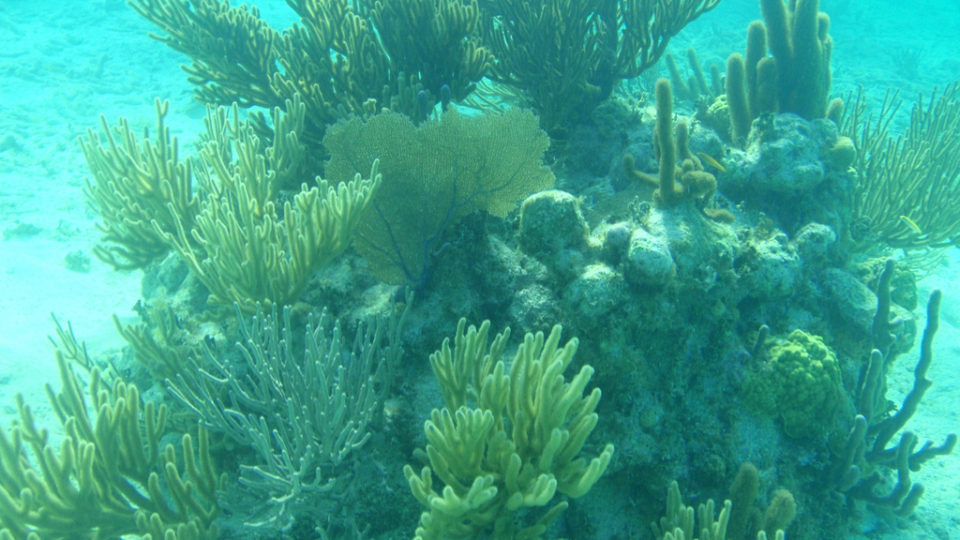A new study by researchers at Lancaster University in the UK has found that the presence of seabirds on islands adjacent to tropical coral reefs can more than double the coral growth rates on those reefs.
The study found that when coral reefs grow faster, they can bounce back more quickly from bleaching events that occur when the seas become too warm. The focus of the study was a type of coral called Acropora, which provides complex structures supporting fish populations and reef growth.
The researchers found that Acropora around islands populated by seabirds recovered from bleaching events about 10 months faster than reefs located away from seabird colonies. Speeding up coral recovery times could prove the difference between continuing to bounce back from bleaching events and dying off.
The seabirds are helping the coral reefs with their droppings. The birds feed on fish in the open ocean far from islands and then return to the islands to roost. They deposit nitrogen- and phosphorus-rich nutrients in the form of guano, some of which is washed off of the islands by rain and into the surrounding seas. The nutrients fertilize corals and other marine species.
To determine whether the faster growth rates were really due to the bird-supplied nutrients, the researchers studied rat-infested islands that had no bird populations. The study confirmed that it was the presence of seabirds that provided enhanced nutrients for the coral reefs. In fact, a primary outcome of the study was to add further weight to the growing body of evidence of the ecological damage across ecosystems on land and sea from invasive rats on tropical islands.
**********
Web Links
Feathered friends can become unlikely helpers for tropical coral reefs facing climate change threat
Photo, posted September 15, 2019, courtesy of Rickard Zerpe via Flickr.
Earth Wise is a production of WAMC Northeast Public Radio
